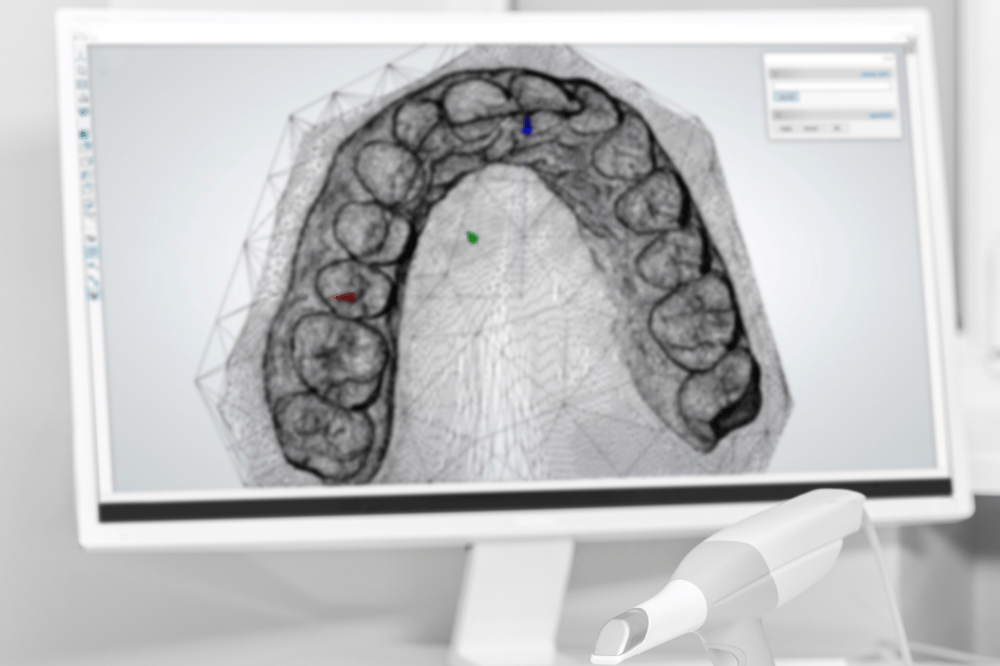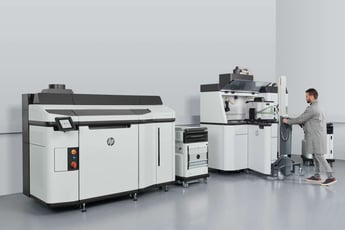How does your dental laboratory make dental arch impressions? Are you still tied to the old "analogue" method with resins and pastes? Are 3D reproductions really the best alternative to optimize costs and resources?
Let's discuss these questions.
Dental Impressions: Analogue vs. Digital
To make dental impressions, two types of processing can be used:
The traditional method uses the so-called "pink paste", known as alginate, and is the most common paste used in dental technicians' and dentists' surgeries to obtain a reproduction of one or more dental arches. After a few minutes, the material hardens and is then ready for the second stage of processing as it forms the exact negative of the dental arch.
At this point, plasters or other special types of resins are poured into the impression by the dental technician and consequently, a positive model of the teeth is obtained.
After this process, the reproduction of the teeth is finally being produced, on which the dental technician can make the best solutions and treatments for the patient.
Over the last few years, the emergence of advanced 3D solutions has led most dental laboratories and dental surgeries to adopt these new technologies, whereby models of dental arches are produced digitally using software and intraoral scanners. Specifically, the intra-oral scanner is an instrument with an optical reader at the end to detect the tissues.
In other words, an accurate reproduction of the patient's teeth is processed three-dimensionally on the computer.

The four advantages of making a digital impression
Making a 3D dental impression using CAD software has many advantages. It allows you to:
- Scan only the areas where teeth are actually present, thus avoiding sensitive areas. This prevents problems with nausea and choking sensations in the patient;
- Scan accurately the mouth of the patients, minimizing the errors in the manual process and ensuring very precise images. Any air bubbles or model breakage are completely removed with the digital procedure;
- Reduce the session time, as unlike the resin mold, the scan would take only a few seconds and you could get the positive dental arch instantly;
- Avoid discomfort with the equipment used. Infact, the intraoral scanner is indeed very small.
Dental models for thermoforming
Modelli dentali per la termoformatura
Once the three-dimensional arch of the teeth has been reconstructed using CAD software, 3D printing technologies are used to reproduce models for aligners that will later be used by the dental technician to develop transparent templates or other devices using a thermoforming process.
3D printing technologies have in fact radically changed the construction of models for the orthodontic sector, as they guarantee an optimisation of the entire production system, reducing the time and costs of traditional processing.
Specifically, Niuo's 3D printing services are based on the use of Nylon PA 12, a very fine powder that melts and solidifies during the printing process, producing pieces with high visual, tactile and mechanical performance.
You can request your free sample here.
It's time to take your business to the next level.

-1.png?height=420&name=NIUO_testate_articoli_blog%20(1)-1.png)

.png?height=230&name=NIUO_testate_articoli_blog%20(7).png)
